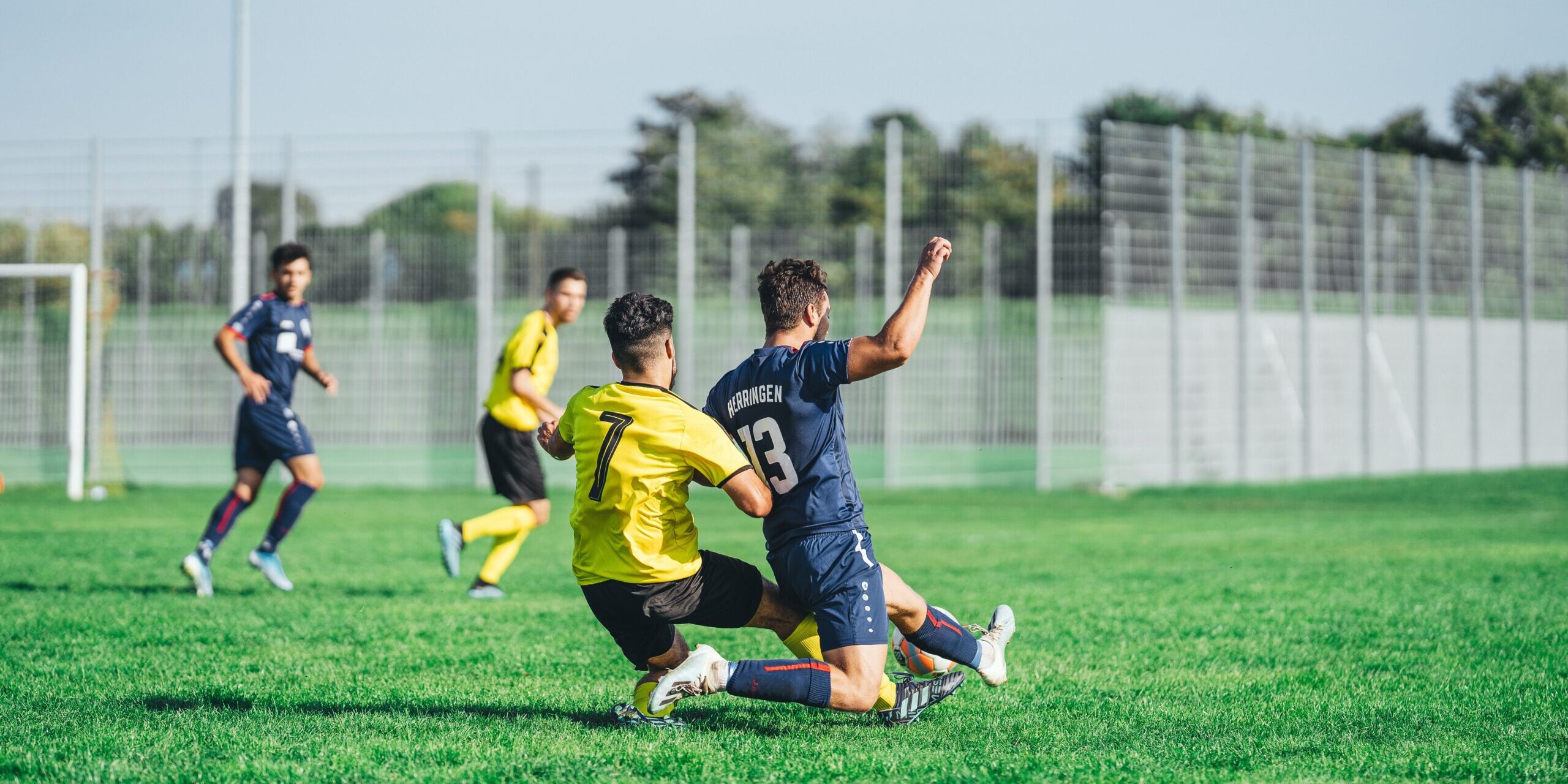If you’ve ever seen an injury in a sports game, you’ve probably seen an athletic therapist live in action! Specializing in sideline assistance and emergency medical coverage, athletic therapists are one of the first to approach athletes both on the field and in the clinic to help treat and rehabilitate sports injuries.
Follow along to find out what athletic therapists do both inside and outside of the clinic and their role in treating sport-specific injuries.
What is Athletic Therapy?
Athletic therapy is a subset of sports medicine that can be used to prevent, assess, and care for musculoskeletal disorders. Working one-on-one with patients, athletic therapists provide ongoing rehabilitation of both sports and everyday physical activity-related injuries to help their clients return to their usual activities of daily living.
Athletic therapists see a wide range of patients in various settings – from performing manual techniques to high-level athletes during halftime at a soccer game to helping seniors recovering from hip replacement surgery inside a clinic.
Although most athletic therapists address, treat, and rehabilitate a selection of injuries, many of these rehabilitation specialists practice exclusively on sports-related injuries.
How Athletic Therapy Can Help with Sports Injuries
Athletic therapists are one of the first active rehab specialists on the scene at a sports event or in the clinic to attend to sport-related injuries.
Some of the most common sports injuries that an athletic therapist works on include:
- Fractures and dislocations
- Ankle or knee sprains
- Hamstring or quadricep strains
- Patellofemoral syndrome
- Tennis or golf elbow
- Shin splints
- Achilles tendon injuries
- Rotator cuff injuries
- Shoulder injury
- Pulled groin
- Concussion
- Sciatica
In the efforts to help injured athletes return back to pre-injury performance levels, they flow through the following steps of recovery: assessment, rehabilitation, reconditioning, and prevention.
Assessment
To begin, an athletic therapist will take on a full-body approach for treatment and injury assessment. This includes a thorough patient history, addressing symptoms of current injury, and review of any past injuries that may limit recovery. From here, they are able to make an accurate plan of action based on this initial assessment.
Rehabilitation
Using extensive education and practical training in anatomy, exercise physiology, and biomechanics, athletic therapists can create individualized rehabilitation plans to address most types of sport-related injury. More specifically, a wide range of manual therapy techniques are used to improve range of motion and tissue extensibility, modulate pain, reduce swelling and inflammation, and speed up recovery time.
Some of the most commonly used manual therapy techniques for athletic injury rehabilitation include:
- Myofascia release
- Joint mobilization
- Active release
- Mulligans technique
- Traction therapy
- Graston technique
- Cupping therapy
Recondition
Reconditioning is a holistic process used to improve movement mechanics by integrating high-quality performance coaching and therapeutic techniques. Athletic therapists focus on reconditioning using a combination of exercise prescription and movement therapy to help their clients return to pre-injury status.
By addressing the root cause of sport-related injuries to provide an individualized reconditioning solution, clients are able to receive effective and long-lasting results.
Prevention
Lastly, an athletic therapist will work with athletes to help prevent injuries from occurring in the future. This is done through conditioning and/or exercise programs, patient education, and taping or bracing techniques.
Book with an Athletic Therapist Today
Are you ready to get back on the path to recovery sooner? Book with an athletic therapist today by filling out an appointment form! Once submitted, someone on our team will contact you to schedule your first consultation.
We look forward to working with you.





